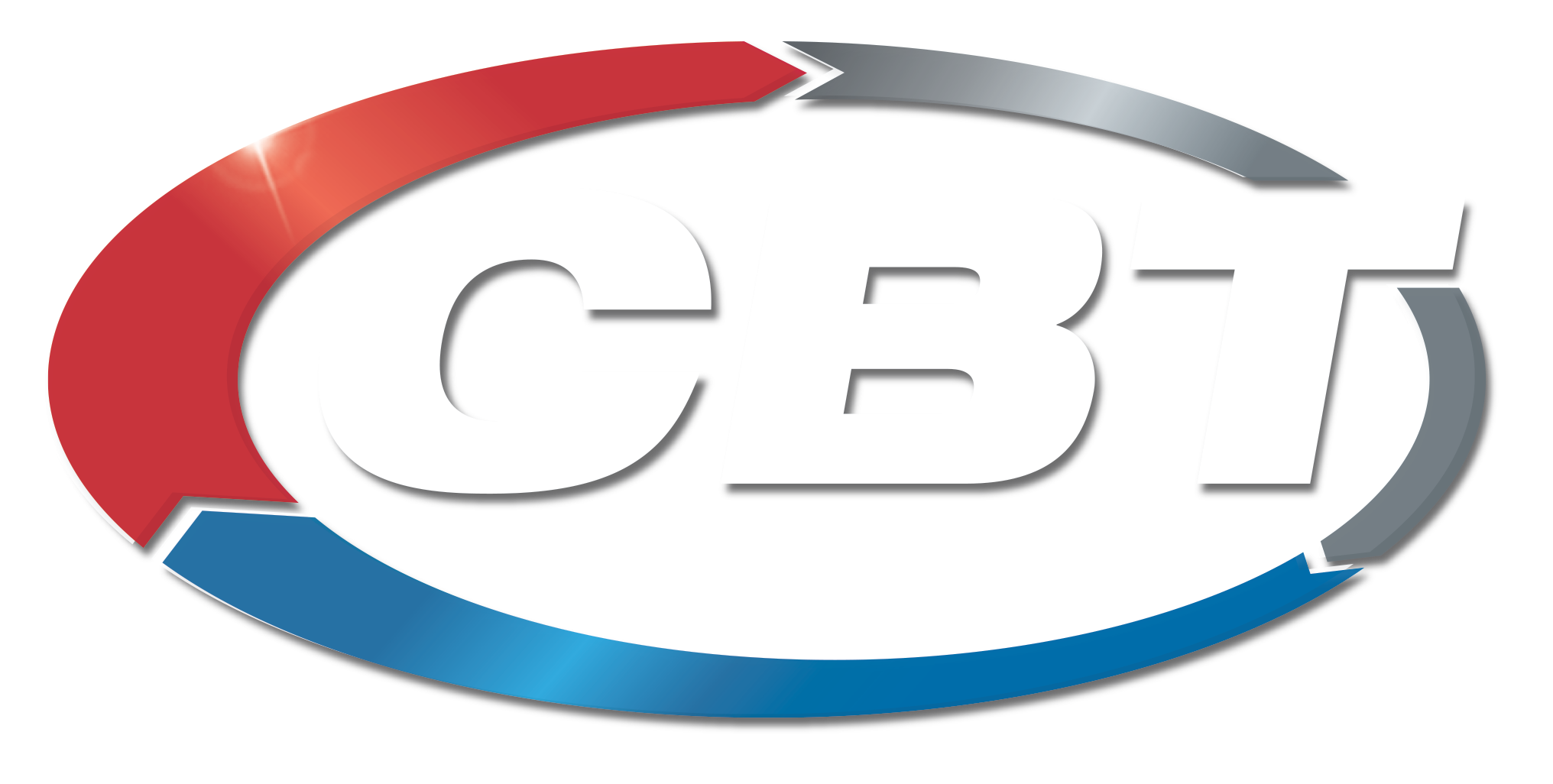
With the right application, proper installation, and good maintenance practices, ball bearings have a longer lifespan. On the other hand, premature bearing failure arises from poor handling practices and unfavorable operating conditions including contaminated areas and continuous exposure to moisture.
Bearing Failure
If the bearing malfunctions and fails, it is best to identify the cause of the problem. By doing so, you conduct proper techniques and utilize necessary adjustments to address the issue. In fact, it is easier to determine the underlying problem when you examine the failure mode. However, it is quite complicated to go through this procedure since a single failure mode tends to lead to another.
There are several ways to identify the main reasons why bearing failure occurs. However, there are instances when imperfections may not be noticeable. In some cases, the problem is quite evident, even to the naked eye. Also, we present specific techniques and remedies for each issue with ball bearings.
Overheating
The signs of overheating include discoloration of the cages, balls, and rings, which turn from gold to bluish. Exposure to temperatures that exceed 400ºF anneals the ball and ring materials. This process leads to a loss in hardness and a reduction in the bearing capacity. If left unresolved, early failure may occur. Deformation of the rings and balls also arises in extreme cases. It is possible for the rise in temperature to destroy or degrade the lubricant.
Common overheating causes
- Insufficient heat paths
- Inadequate lubrication and cooling
- Heavy electrical heat loads.
A lack of proper lubrication where there is excessive speeds and loads is detrimental to the life and performance of the bearing.
Corrective Procedures
- Be sure to provide adequate heat paths, supplemental cooling and overload, and thermal controls to prevent this problem.
Excessive Loads
One of the most common reasons why premature fatigue happens is an excessive load. However, other factors affect early fatigue failure in bearings such as improper preloading, brinelling, and tight fits. Although premature failure has the same symptoms as normal fatigue, the clear signs of a shortened bearing life span include:
- A more advanced case of spalling
- Evidence of overheating
- Severe ball wear paths.
Corrective Procedures
To prevent this issue, minimize the load. It also helps to redesign and use a bearing with greater capacity.
True Brinelling
When the loads go beyond the ring material’s elastic limit, brinelling occurs. True brinelling appears as indentations that form in the raceways, which results in further bearing vibration.
Brinelling often results from severe impact or static overload. This overload is why it is best to avoid practices leading to brinelling. These practices include:
- Striking or dropping the assembled equipment
- Applying excessive force to the outer ring whenever you press a bearing onto the shaft
- Installing or removing bearings with the use of a hammer.
Early fatigue failure usually happens when there are severe and extensive brinell marks.
Corrective Procedures
To extend bearing life, avoid pushing the outer ring as you place the inner ring onto the shaft. Applying the right amount of force to the ring that is being press-fitted when you install bearings is also advisable.
False Brinelling
False brinelling refers to the elliptical wear marks set in an axial direction located at each ball position. The marks also have sharp demarcations and a bright finish. There can be seen a ring of brown-colored debris surrounding them. In most cases, too much external vibration causes false brinelling.
External vibration also occurs with non-rotating types of ball bearings. Once the bearing fails to turn, this prevents an oil film to form, thus exposing it further to raceway wear. The debris that collects in this area contributes to the acceleration of the wear process.
Corrective procedures
Make it a point to apply lubricants that contain molybdenum disulfide or other anti-wear additives. These additives isolate the bearing from external vibration. Use these greases for bearings in actuator motors that tend to reverse or oscillate rapidly.
Reverse Loading
Angular contact bearings are capable of accepting an axial load in only one direction. However, loading in the opposite direction causes truncation on the elliptical contact area, found on the outer ring by the lower shoulder located on that part of the outer ring.
Besides the rise in temperature and excessive stress, look for early failure and increased vibration. The failure mode resembles tight fits, and the balls appear to have a grooved wear ring due to the riding of the ball over the raceway’s outer edge.
Corrective Procedures
The best way to correct this issue is proper bearing installation:
Install the angular contact bearings with the resultant thrust (marked “thrust”) on the wide face of the outer ring, as well as the inner ring’s opposite face.
Normal Fatigue Failure
Spalling or fatigue failure refers to the fracture or damages to the running surface, as well as the removal of discrete and small particles of the material.
The balls, outer ring, and inner ring are susceptible to spalling. Once this type of failure arises, it progresses into something more severe. A significant increase in vibration occurs due to spalling, a sign of an abnormality.
Corrective Procedures
If you observe this issue with the bearing, you need to replace it immediately. Another solution is redesigning that allows you to use a bearing with a maximum calculated fatigue lifespan.
Tight Fits
It is easy to detect a tight fit when you notice a severe ball wear path located at the bottom of the raceway. The wear path is around the outer and inner ring’s entire circumference. Excessive loading of the ball occurs when the interference fits end up exceeding the radial clearance at the operating temperature. Thus, an increase in temperature occurs, along with high torque. Rapid wear and premature fatigue arise with continued operation.
Corrective Procedures
Reduce the total interference by matching the bearings according to the housings and shaft, which addresses the issue.
Consider the differences both in the operating temperature and the materials when you cut the total interference.
Loose Fits
Relative motion between the mating components is often due to loose fits. Fretting occurs as a result of a continuous relative motion between these parts. Fine metal particles that oxidize generate over time (fretting). This material tends to worsen the looseness because of its abrasive quality.
Once the looseness becomes severe, this leads to an increase in the movement of either the outer or inner ring. Then, the mounting surfaces in due course heat up and wear out, leading to run out and noise.
Contamination
A bearing failure could also arise from contamination. Some of the signs of contamination include high vibration and wear issues with balls and dents on the bearing raceways. Once abrasive substances, including dirt or airborne dust, get into the bearing, contamination failures occur. Contamination is a common problem with:
- Contaminated work areas
- Foreign matter in cleaning solutions
- Lubricants and dirty hands or tools.
Corrective Procedures
Minimizing the occurrence of contamination failures is possible by
- Making sure the fixtures, tools, hands, and work areas are clean
- Ensuring all grinding operations are far from the bearing assembly areas
- Storing the bearing in the original packaging, removing them only when ready to use or install
- Keeping in mind that seal damage no longer prevents the bearings from contamination.
Corrosion
Signs of corrosion include red or brown areas on ball bearings’ bands, as well as the raceways, balls, and cages. Bearings exposed to a corrosive atmosphere or corrosive fluids are prone to this issue. Over time, an increase in vibration rises, followed by fatigue, wear, preload loss, and greater radial clearance. Early fatigue failures result from extreme cases of corrosion.
Corrective Procedures
- Utilizing stainless steel bearings and external and integral seals
- Using these techniques particularly in a hostile operating environment
- Keeping corrosive fluids far from the bearing areas.
Lubricant failure
Lubricant failure appears as brownish or bluish colors on balls and ball tracks. When this issue persists, excessive wear of the cages, ring, and balls occur. Lubrication failure leads to overheating and catastrophic failure.
Corrective Procedures
Since ball bearings rely on proper lubrication of critical areas such as between the bearing rings, balls, cage, and races, it is imperative to lubricate these parts well. Excessive temperatures and restriction to lubricant flow, however, impacts the lubricant’s properties.
Misalignment
Spotting a ball wear path on the nonrotating ring raceway is a symptom of misalignment. This wear path is not parallel to the edges of the raceway.
An abnormal temperature increase occurs once the misalignment goes beyond 0.001 inch/inch. This slight misalignment impacts the bearing, as well as the housing. Common contributing factors of the misalignment include
- Dirt or burrs on the housing shoulders and shaft
- Shaft threads not square with the soft seats
- Bent shafts.
Depending on the applications, the maximum acceptable misalignment varies.
Corrective Procedures
Some of the corrective techniques include:
- An inspection of the housings and shafts to check for run out of bearing seats and shoulders
- The use of precision-grade locknuts
- Utilizing single point-turned on non-hardened shafts
- Ground threads for hardened shafts.
These are the most common causes and solutions to bearing failure. Paying attention to what your bearings are telling you is vital to ensuring your facility runs efficiently. 51% of all electric motor failures are a direct result of bearing failure.
Take advantage of a predictive maintenance program. Utilizing an excellent program is the best thing you can do for your bottom line. Contact your CBT specialist today to learn more.












